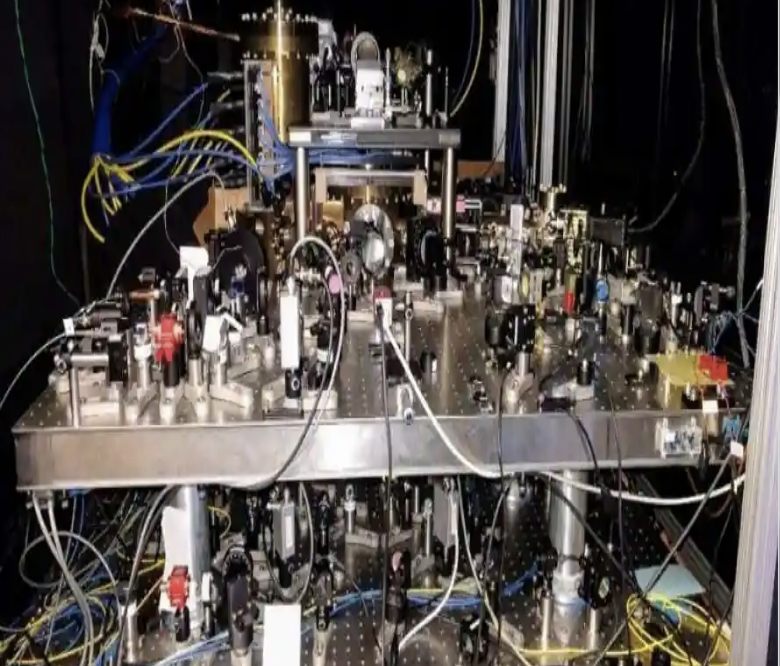Colorado, Sep 13: Two physicists from the University of Colorado, Chinese-American Jun Ye and Hidetoshi Katori of Japan won the prestigious 2022 Breakthrough Prize in Fundamental Physics for outstanding contributions to the invention and development of the optical lattice clock. They received $3 million (to be split between the two) as the prize money.
Their invention, the world’s most accurate clock, would take 15 billion years to lose a second (current atomic clocks lose a second once every 100 million years). What is gained by this greater accuracy? There are many gains, indeed, like – The accuracy of satellite navigation systems depends on proper synchronisation of atomic clocks. A difference of just one microsecond can cause a positioning error of 300 meters. This will make the process of landing an unmanned spaceship on a planet much easier with the help of these accurate clocks. Greater accuracy is also required in the field of banking and telecommunications.
Atomic clocks work with atoms. Their frequency is derived from waves of energy given off by electrons. Most clocks tell time by counting the number of times something moves back and forth. Atomic clocks count how many times an atom wiggles back and forth. The two physicists discovered a means to make atomic clocks even more accurate by bringing their oscillations to the visible end of the electromagnetic spectrum, with frequencies a hundred thousand times higher than those used in existing atomic clocks. In the future, optical-lattice clocks may be used to determine ocean levels, how much water flows beneath a desert, or the difference between solid rock and volcanic lava beneath the surface, thus assisting in the forecasting of an eruption.



